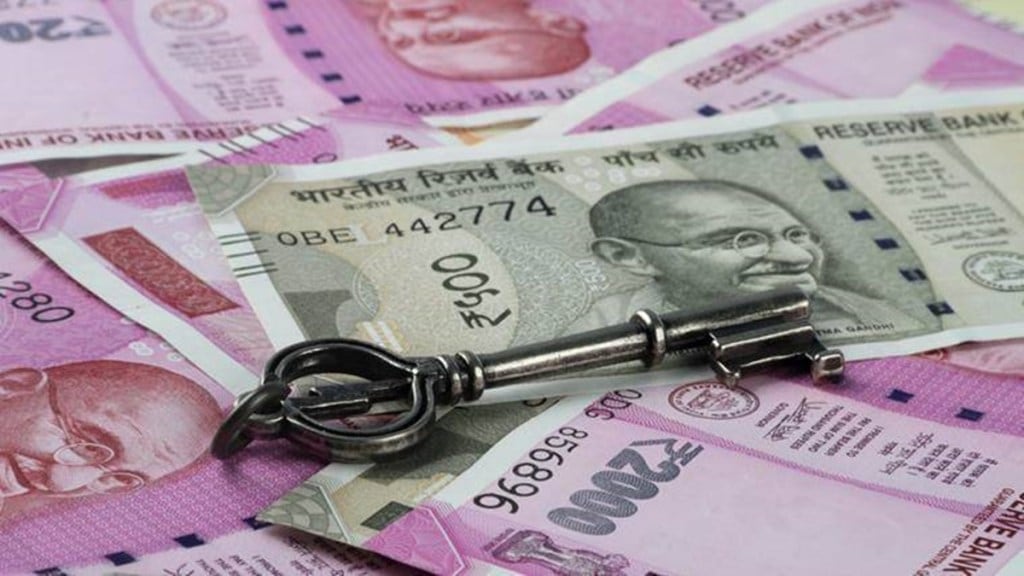The size of the government’s flagship manufacturing sector support programme, Production Linked Incentive Scheme has touched Rs 2.05 trillion, against the initial commitment of Rs 1.97 trillion. It could rise further, as many more sectors are demanding the benefits and the administrative ministers are supporting them.
Basic chemicals used in pharma and other industries may get PLI support. Other sectors vying for the incentives are furniture, toys, leather and footwear and bicycles.
Also read: Repco Home Finance net up 95% in Q4
When the PLI was announced in the budget of 2021-22 the outlay envisaged was Rs 1.97 trillion for the next five years. Since then new sectors have been added to the scheme and incentives expanded in areas, where PLIs were already working. Now the total commitment to the scheme has touched Rs 2.05 trillion.
The PLI scheme is in its third year and trade policy think tank Global Trade Research Initiative’s founder Ajay Srivastava is of the view that though the government regularly receives requests for inclusion of new products in PLI, it should not incentivise simple manufacturing processes.
“The firms (largely in assembling products or in areas demanding less commitment of resources) disappear as soon as the government incentives disappear,” he said.
Between 2015-17 many firms started assembling smartphones from semi-knocked down kits taking advantage of the difference between duty on components and fully-built phones. Goods and Services Tax in 2017 removed countervailing duty leading to shutdown of many homegrown brands.
Government gave away taxes worth Rs 5,000 crore and the industry’s turnover from assembling phones was Rs 40,000 crore. “The ventures created 40,000 low paying jobs. So in effect each job cost the government Rs 12 lakh a year,” said Srivastava.
When the government increased cash incentives for mobile phones under Merchandise Exports from India Scheme from 2% to 4%, exports jumped from $200 million in 2017-18 to $1.6 billion in 2018-19.
According to GTRI, “Industry sources say many firms rerouted the same mobile phones many times. The cost of routing was less than 0.3%. The rest made products from ready-to-assemble kits imported from China. The difference in cost of components and finished goods is just 2-3%. Most firms disappeared with the abolition of MEIS.”
Srivastava said PLIs should focus only on cutting-edge product groups where India has no manufacturing capabilities.
Also read: GMR Airports Infrastructure posts Q4FY23 loss at Rs 441.47 crore, revenue up 47.6%
“One way of ensuring deep manufacturing is not to announce PLI on the final product but on critical parts and components.”
Sectors like steel and aluminium, significantly affected by carbon taxes which developed countries have introduced or are considering, should be prioritised for PLI incentives.
PLI should not be introduced in areas like leather shoes and handicrafts where many smaller players operate as it would shift business to bigger players who will also have the support of incentives and create stress in the small sector.
“Do not introduce PLI for products with many manufacturers, large or small. PLI for industries like food processing or auto, where many domestic manufacturers make similar products, introduces competitive distortion by giving money to a few firms,” Srivastava said.
Starting with bulk drugs, medical devices and large scale electronic manufacturing, PLI has expanded to cover 10 more sectors. The incentives under PLI are expected to support manufacturing output of Rs 40 trillion in next five years.
The government said in its report card released on completion of 9 years in office that the PLI scheme as a whole will create 6 million jobs. The scheme is expected to facilitate direct employment to 2 million people and indirect employment to 4 million people at the direct cost to the government of Rs 2 trillion.
Companies have invested over Rs 51,200 crore under the 14 production-linked incentive (PLI) schemes in the last one-and-a-half years. This is about a fifth of Rs 2.73 trillion investments committed by the 588 companies selected for the incentives, in an average period of less than four years. This year the government is expecting a pay-out of Rs 8,470 crore as PLI incentives as against last year’s revised estimates of Rs 4,535 crore.
However, by April incentives worth only Rs 2,400 crore have been released by the government under all the PLI schemes so far. This is because only two schemes — mobile phones (Rs 1,500 crore) and pharmaceuticals (Rs 850 crore) — have reached the stipulated threshold of incremental sales to be eligible for incentives.

